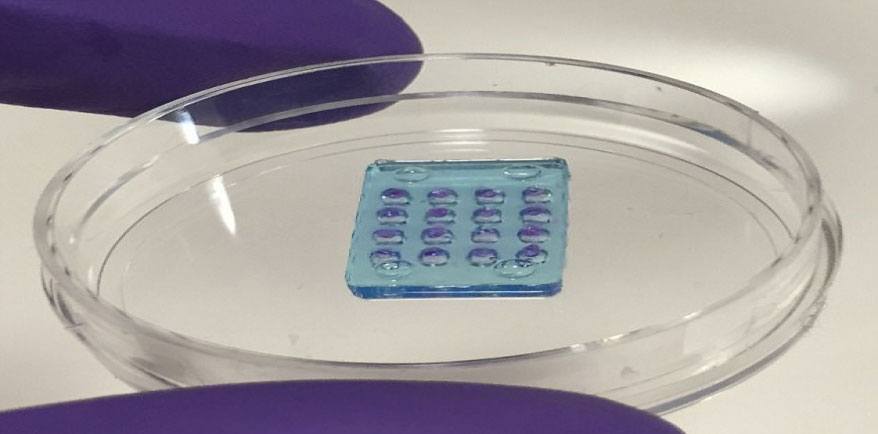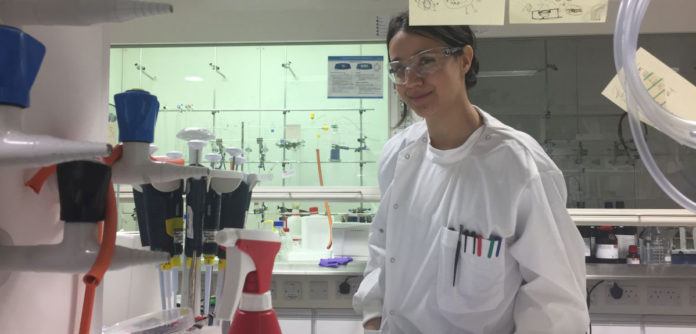The retina is a light-sensitive layer of tissue at the back of the eye. The main purpose of the retina is to receive light that the lens focused, convert the light into neural signals. It then sends those signals to the brain for visual recognition. This light-sensitive layer of eye tissue plays a major role in insight and damage as well that can lead to blindness.
Landing piece of dust in eyes could create sensitivity (also essential for keeping our eyes in working order). But, in the case of patients with retinal implants i.e., bionic eyes, it may cause a huge problem.
Bionic eyes restore the vision by including mechanical devices which can wreak havoc on already damaged eyes. To sort this issue out, a student named Vanessa Restrepo at the Oxford University have created the world’s first synthetic, soft tissue retina for better bionic eyes.

This soft tissue retina is created to make better bionic eyes less likely to cause problems once implanted. It has double layered retina which closely mimics the natural human retinal process. The retina replica consists of soft water droplets (hydrogels) and biological cell membrane proteins. Designed like a camera, the cells act as pixels, detecting and reacting to light to create a grayscale image.
Restrepo-Schild said, “A biological synthetic implant is soft and water-based, so much more friendly to the eye environment.”
“I hope my research is the first step in a journey towards building technology that is soft and biodegradable instead of hard and wasteful.”
According to an estimate, almost 39 million people worldwide are blind. And for now, the bionic eye implant technology is approved by the Food and Drug Administration (FDA) for use in the United States. The Oxford team is just one of many developing bionic eyes to help them regain their vision.
According to the team, this soft tissue retina will give the superpowers to those who already have no trouble reading the eye chart.
They said, “It could allow us to see in different light spectrums, give us telescopic sight, or even record what we see and wirelessly upload it to our social networks. The possibilities are endless, and breakthroughs to put us one step closer to that age of superhuman sight.”
The Colombian native said: ‘The synthetic material can generate electrical signals, which stimulate the neurons at the back of our eye just like the original retina.’
